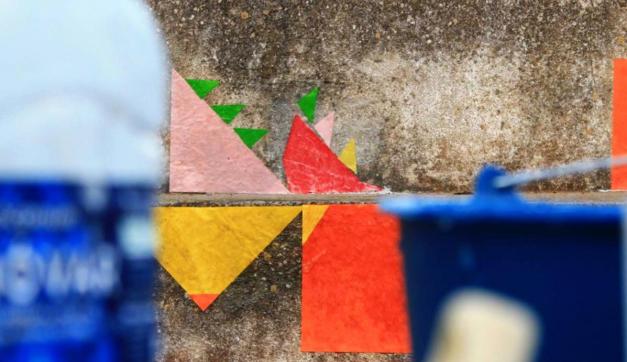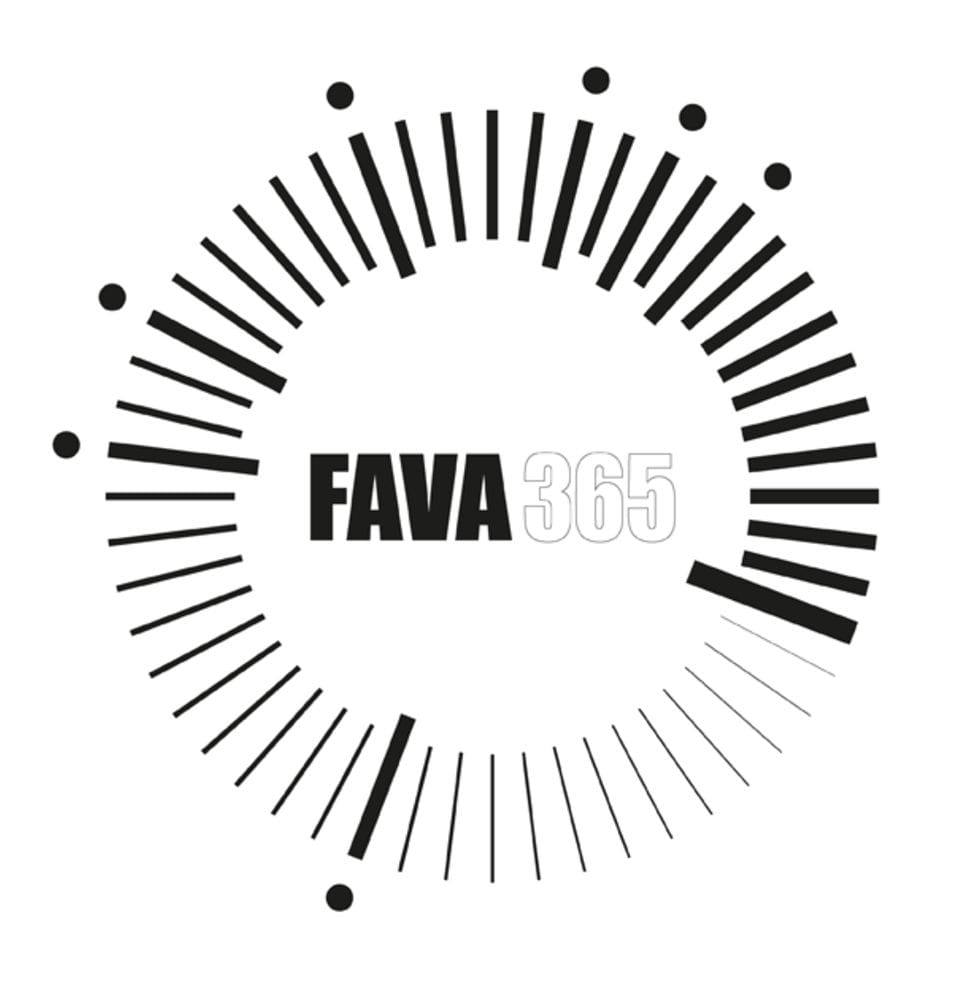FAVA365, the Vilanova d'Alcolea Arts Festival, is a multi-disciplinary arts festival that addresses a specific subject in each event: performing arts, visual plastic arts, etc… Each event includes educational workshops, a multitude of artistic and collaborative projects and residences, discussions, exhibitions, actions, visits and excursions, etc.
FAVA365 sets out to be a process of education, learning and a way to bring people closer to the arts. It should therefore be understood as such; a journey of individual and collective learning and a transformation of the surroundings. Like all processes, it has a final objective (an outcome): a big weekend (in April) where works discovered, assimilated and created during the 365 days of FAVA are shown, enjoyed and participated in. Using such a process, FAVA365 becomes a different festival, 365 days of the year, because there are events throughout the year.
The festival is a participatory project in which a number of persons collaborate in the design, programming and assessment and form part of the activities and actions that take place over the year. The initiative involves local residents and artists in residence.
FAVA365 also has a program of Arts Residencies that imposes no restrictions regarding particular disciplines, and hosts activities in the performing arts, visual arts, performance, public art, design, music and sound art, etc. The intention behind the FAVA365 is to: encourage artistic investigation and production, contribute towards the promotion of artists and further mobility of artists and other professionals working in culture.
The festival is held at Vilanova d'Alcolea, a town in the interior of Castellón that forms part of the Plana Alta region. Tourists come to Vilanova d’Alcolea because of the beauty of the natural surrounding and farmland, the heritage (Via Augusta, Roman site of Ildum, archaeological excavations, the church, bell tower, the stations of the Cross, local traditions and festivals, windmills and water heritage, dry stone walling, etc.). Other, more local, attractions include the thousand-year-old olive trees (common in this area and other neighbouring ones, but more common in the Valencia region).


